電腦收購 筆電收購 收購ASUS筆電 收購ROG電競筆電 收購ACER筆電 收購Msi電競筆電 收購微軟SUR 看全文
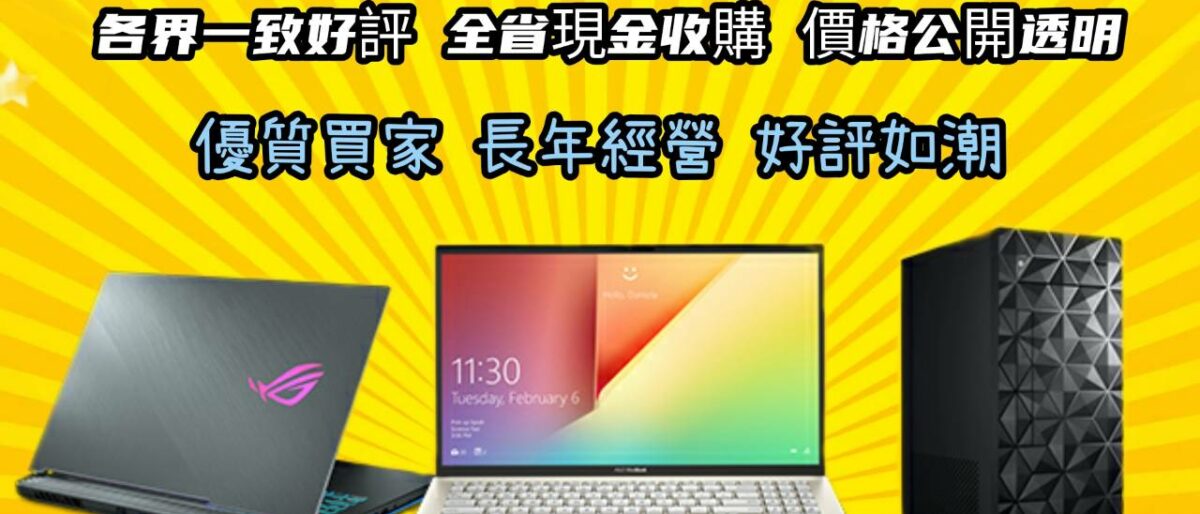
我們專業經營各項3C高價回收,收購電競筆電,文書筆電,輕薄筆 電,MSI,ASUS,ACER,HP,Razer,GIGABYBE,Microsoft,,多通路多管道,非坊間垃圾回收價,價格不怕您比較,歡迎企業戶汰舊換新,續約販賣,分期換現,電競筆電, 二手汰舊,手機,筆電,相機,鏡頭,空拍機
電腦收購
Some companies may be giving up on the idea of Android gaming phones, but not 電腦收購asus, which is releasing the ROG Phone 7 today. It has all the trademark “gamer” laser-beam design language and flashy LEDs, but also some wild engineering additions when it comes to cooling your super-hot phone.
Specs include a Snapdragon 8 Gen 2 SoC, 16GB of RAM, 512GB of storage, and—the highlight of the spec sheet—a whopping 6000 mAh battery with 65 W charging. The display is a 165 Hz, 6.78-inch, 2448×1080 Samsung AMOLED. The phone has two USB-C ports, one on the side and one on the bottom, and a headphone jack. There are three rear cameras, a 50 MP main camera, a 13 MP wide-angle, and a 5 MP macro, while the front camera is 32 MP.
There are two models, the ROG Phone 7 and ROG Phone 7 Ultimate. The specs are the same; the ultimate just adds a rear “ROG Vision” display. This is a 2-inch OLED display with six different modes to show things like the time, charging level, an incoming call, or a few purely aesthetic animations. The Ultimate model also interfaces better with a clip-on fan accessory, the “AeroActive Cooler 7.”
電腦收購asus’ extreme cooling ideas are what make this a gaming phone. 電腦收購asus says the phone has a “revolutionary new rapid-cycle vapor chamber design, which increases heat dissipation efficiency by up to 168 percent” over the last ROG phone, which already had better-than-normal cooling.
If you want to cool the phone down, there is a bulky clip-on active-cooling backpack called the “AeroActive Cooler 7.” This comes in the box with the Ultimate model and, for now, is a free preorder add-in for the base model. On the base model, the clip-on fan will blow air over the back and front glass of the phone. When the goal is to cool the chip underneath all that glass, cooling the glass isn’t going to be the most effective thing in the world. On the Ultimate model, though, an electronically actuated trap door on the body of the phone will open up, revealing a copper fin stack that’s attached to an internal cooling plate. The trap door will direct air from the clip-on phone over the fin stack, and at that point, you’re approaching what sounds like traditional CPU air cooling but in a smartphone.
But wait, there’s more. This fan is so serious, it can use external power. The slower settings will work via the phone’s battery, but for faster settings like “frozen” you’ll need to have the phone tethered to power. 電腦收購asus also says there is a thermoelectric cooler in the fan backpack, which again sounds like it’s only cooling the glass. It all sounds very effective, but sadly 電腦收購asus doesn’t share any hard stats on what to expect regarding lower SoC temperatures. The company promises an “up to 25°C lower back cover temperature,” but cooling the back glass panel isn’t the goal. Glass is an insulator. We want to cool the SoC.
Having a big flap on the back of the phone open up isn’t great for water resistance, so naturally, this only has an IP54 water-resistance rating. That means it’s not even dustproof and is only protected against “splashes” of water. It could probably hold a few mL of water if you really wanted to try.
The clip-on cooler is not just a cooler. The four white sections are all physical clicky buttons you can press with your index fingers. It also has a subwoofer, a USB-C port (for charging and those extra power modes), a headphone jack, and two pogo pins to leech off the phone battery when you aren’t plugged in.
The phone body also has touch-sensitive shoulder buttons called “air triggers.” The air triggers support a ton of gestures, like tapping or sliding or holding the button and doing some kind of gyro motion, like a tilt left or right.
The phone will eventually be for sale in the US, but not until Q2. For now, it’s up for preorder in Taiwan, Hong Kong, and Europe. The base model is 999 euro ($1,104), and the Ultimate model, with the rear screen and fancy cooler packed-in, is 1,399 euro ($1,266).
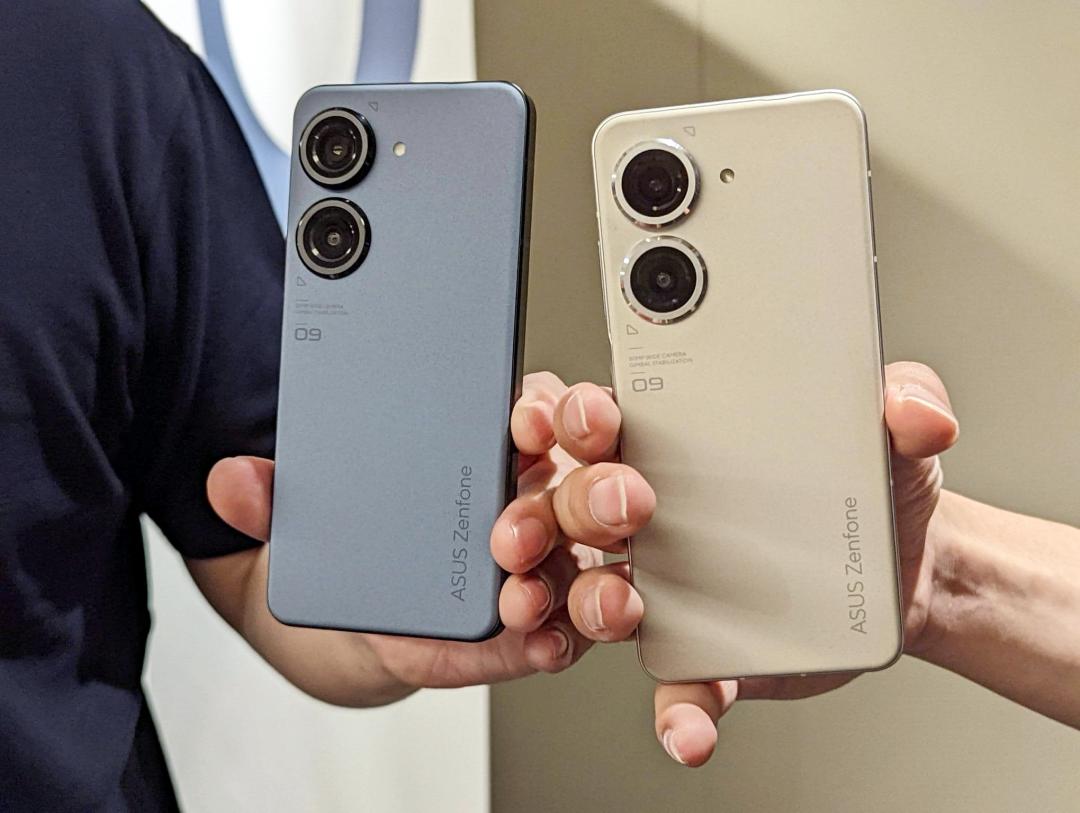 華碩5.9吋小旗艦Zenfone 9 去年7月上市,8GB記憶體與128GB容量,售價19,990元。(圖/記者劉惠琴攝)
華碩5.9吋小旗艦Zenfone 9 去年7月上市,8GB記憶體與128GB容量,售價19,990元。(圖/記者劉惠琴攝)
華碩去年7月推出的5.9吋小旗艦 Zenfone 9,適合單手操控的尺寸,且電池續航力優於iPhone 14、iPhone 13 Pro Max,換上全新感光元件的雙鏡頭,提升相機拍照攝錄的性能,加上2萬有找的親民價格,頗受高度好評,還獲外媒評選為2022年最具創新性的前三大手機之一。
預計今年將接班繼任的新一代旗艦機 Zenfone 10,近日已有外媒Pricebaba 稱取得獨家爆料消息指出, Zenfone 10 的整體硬體規格,將比前代Zenfone 9「明顯有感」升級,且幅度頗大。
值得注意的是,爆料還傳出Zenfone 10 將會首度搭載「液冷散熱」系統技術,藉此將讓 Zenfone 10 具有良好的高效能,改善手機易發熱的情況。而這項技術是華碩推出 Zenfone 系列歷代以來所沒有的。
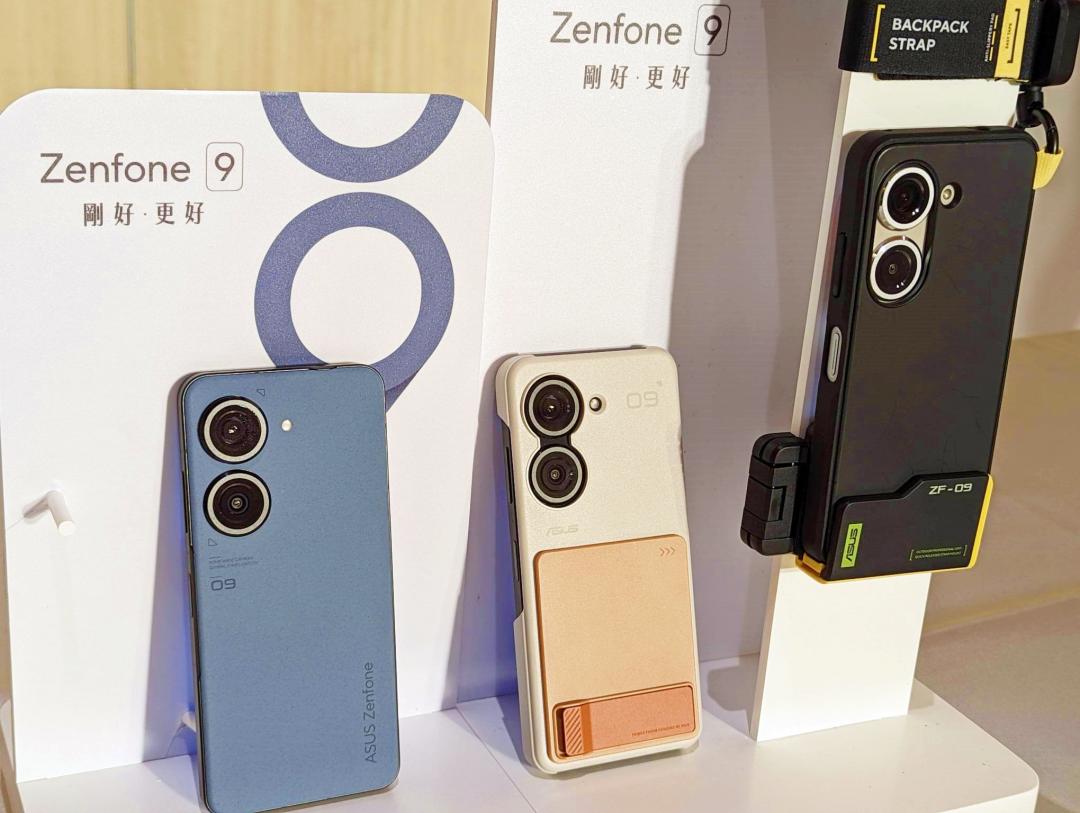 華碩ZenFone 9 配置5.9吋AMOLED的120Hz螢幕,重169克,機身IP68防水,並設置3.5mm耳機孔、4300mAh電池容量。(圖/記者劉惠琴攝)
華碩ZenFone 9 配置5.9吋AMOLED的120Hz螢幕,重169克,機身IP68防水,並設置3.5mm耳機孔、4300mAh電池容量。(圖/記者劉惠琴攝)
而爆料消息傳出後,最令人意外的是,螢幕規格將升級為6.3吋,不再是前兩代訴求的5.9吋小旗艦。此外,還透露 Zenfone 10 正式發表時間,很可能會落在今年第四季。由於過去Zenfone新旗艦發表時間都約是在年中左右,若今年華碩調整新機的策略佈局,屆時,Zenfone 10 將可能會正面迎戰蘋果iPhone 15,以及Google Pixel 8 新機。
對比前代 Zenfone 9 舊旗艦,彙整截至目前爆料傳聞的部份規格細節,據悉,Zenfone 10主要有5大新亮點優於前代,涵蓋:螢幕尺寸、液冷散熱、電池容量、快速充電、主相機鏡頭畫素等面向,
至於Zenfone 10 的升級幅度有多大?《自由時報3C科技》製表比較前後代的規格細節,帶大家一表秒懂。
下一頁、2023年 Zenfone 10 對比前代 Zenfone 9 的五大亮點
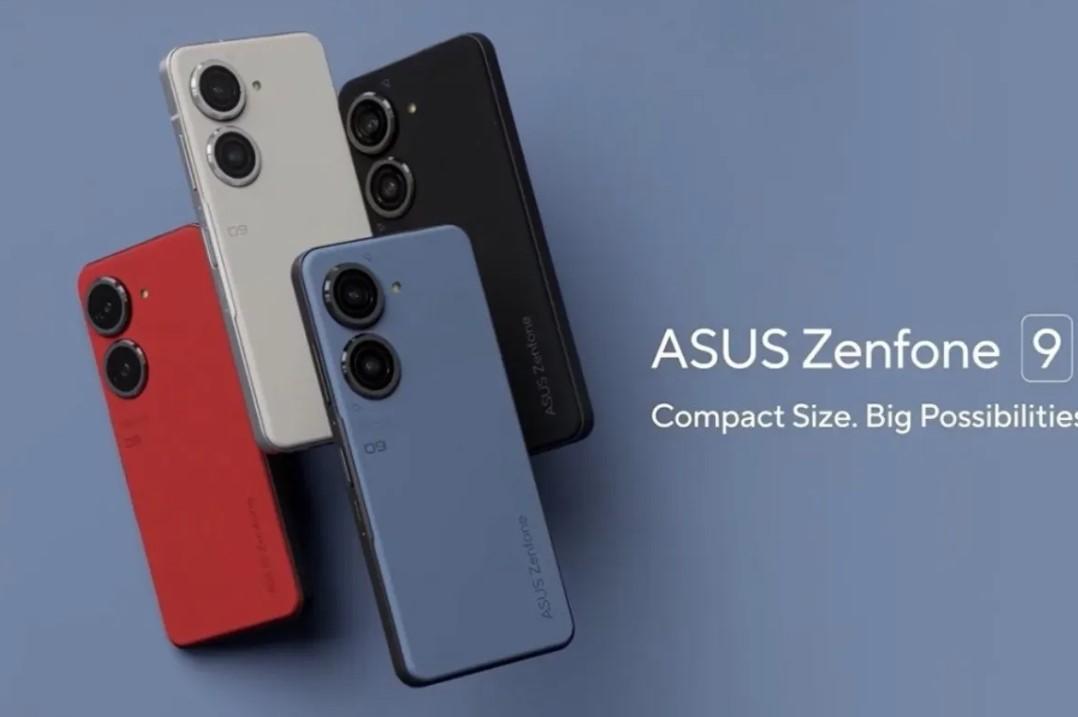 華碩5.9吋小旗艦Zenfone 9 去年7月上市,顏色有藍、奶茶白、紅與黑色。(圖翻攝華碩官網)
華碩5.9吋小旗艦Zenfone 9 去年7月上市,顏色有藍、奶茶白、紅與黑色。(圖翻攝華碩官網)
傳出將有大幅度升級的華碩 Zenfone 10 硬體規格資訊遭外媒爆料流出,主要有5大新亮點。其中,螢幕尺寸方面,傳出升級6.3吋的 Zenfone 10,將搭載5000mAh電量。
外媒依此推估,Zenfone 10 機身重量將比前代169克的 Zenfone 9 要來得重一些。
目前市售熱夯的「6.3吋」旗艦手機,包括有:Google Pixel 7 重197克、內建電量4355 mAh;以及本月新上市的小米13 搭載高通S8 Gen 2處理器、重189克、內建電量為4500 mAh。
此外,Zenfone 10 今年上市售價,仍否維持跟前代一致的2萬有找親民實惠、或是調整價格,也頗受到外媒、國外網友的討論。
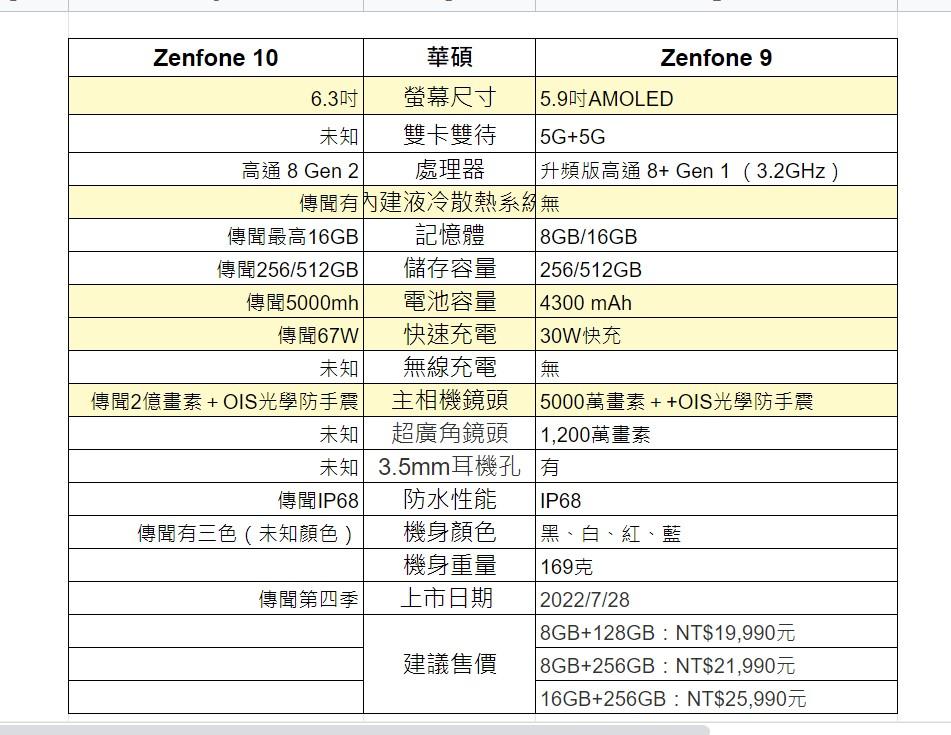 華碩預計今年推出的新旗艦Zenfone 10 ,爆料傳出規格比前代Zenfone 9 有很大的升級幅度。(圖表/記者劉惠琴製)
華碩預計今年推出的新旗艦Zenfone 10 ,爆料傳出規格比前代Zenfone 9 有很大的升級幅度。(圖表/記者劉惠琴製)
你可能也想看
電腦收購 電腦收購